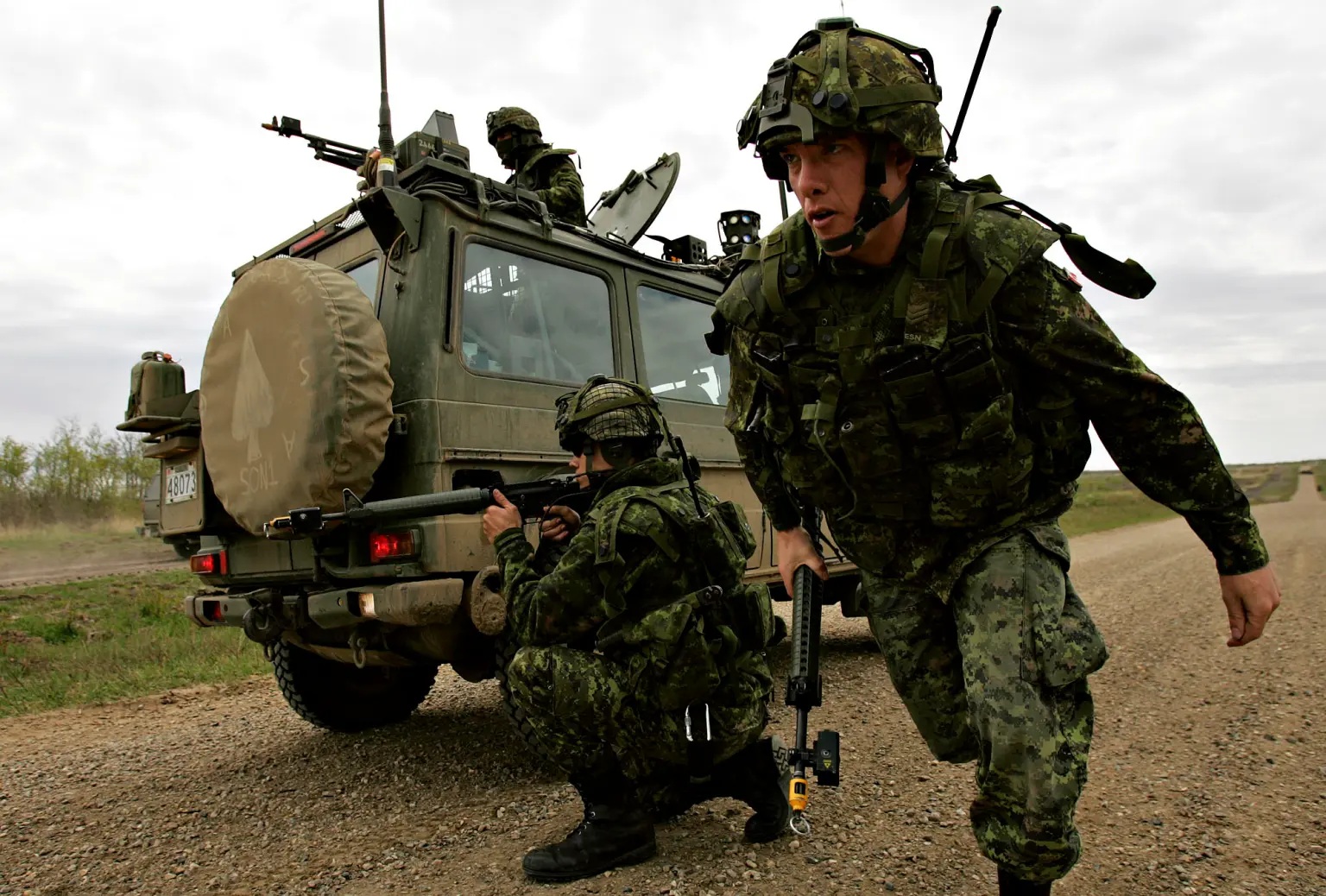Why did the Global Pandemic Treaty Break Down?

Global talks over developing a joint pandemic treaty broke down last week, as delegations failed to agree on a pact, largely because participating countries disagreed on a range of issues that they said threatened national interests.
The ambitious negotiations, led by the World Health Organization, had been continuing for more than two years, with the United Nations body pushing for a global strategy to prepare for future public health emergencies, drawing on lessons from COVID-19. A final proposal for what would have been the world’s first pandemic convention was due for presentation this week at the Geneva World Health Assembly where health ministers are meeting.
What is the treaty about?
After the COVID-19 pandemic hit, countries requested that WHO in 2021 to come up with a plan that would outline how countries can share data and resources, and ultimately handle the next big health crisis better. The treaty would amend global health regulations last revised in 1995, that are binding on all WHO member states.
It was also meant to address the glaring gaps between vaccine access for poor and rich countries – a gap that was all too visible during the pandemic. Many developing countries waited to receive their first shots from companies in Western countries, at a time when richer nations were rolling out booster programs for supplementary inoculation.
In the draft text of the treaty, it was proposed that the WHO receive 20 percent of all pandemic-related products, including tests, vaccines and treatments. That would allow it to allocate those resources to more disadvantaged countries. A similar program, COVAX, helped low-income countries access COVID-19 vaccines. The draft also included a requirement for countries to disclose any deals with private companies – like vaccine-production firms, for example. A common fund for low and middle-income countries was also meant to be set up.
What caused the breakdown in talks?
Details of the main points where countries disagreed are not yet known, but diplomats present at the negotiations have revealed bits of information that point to disputes over intellectual property rights, among other issues. Key among the points of contention appears to be a requirement for countries to share information on new disease-causing pathogens, as well as the technologies used to combat them. It is not clear which countries opposed this proposal, but the United States has seen domestic political resistance against the treaty.
In a joint letter by 24 Republican governors to President Joe Biden on May 22, the elected officials accused the WHO of seeking powers that would allow the body to unilaterally declare a global state of emergency. Those powers would elevate the body from its advisory role, the governors said, and would give it “unconstitutional and unprecedented powers” over the US that would “undermine national sovereignty and infringe upon state rights”. The governors also listed concerns about a proposed global surveillance infrastructure and requirements they said could lead to censoring free speech.
Representatives in the United Kingdom delegation also said that they would only agree to sign off on an agreement that adhered to “British national interest and sovereignty”. Meanwhile, poorer countries complained of unfair treatment, saying they might be required to provide virus samples for vaccines and treatments that would be unaffordable for them.

Countries were fiercely opposed to proposals they said were against their national interests, but talks could resume.
Is a pandemic treaty important?
Experts say a plan to fight the next pandemic faster is crucial because the factors that made the last pandemic so debilitating globally are still there – from inadequate data exchange and low vaccine-producing capacities in some parts of the world to a deepening mistrust among countries.
Speaking after the talks collapsed, WHO chief Tedros Adhanom Ghebreyesus called on countries not to let up on efforts to secure an agreement, although he admitted that global treaties often take time to work out. “This is not a failure,” he said. “We will try everything – believing that anything is possible – and make this happen, because the world still needs a pandemic treaty, because many of the challenges that caused a serious impact during COVID-19 still exist.”
Roland Driece of the Netherlands, who co-chairs the WHO’s negotiating board for the agreement, admitted there was disappointment on the body’s side. “We are not where we hoped we would be when we started this process,” he said last week. Finalizing an international agreement on how to respond to a pandemic was critical “for the sake of humanity”, he added.
What’s next?
All eyes are now on the ministers meeting at the World Health Assembly between May 27 and June 1. WHO officials are still hoping for some kind of action that will move the treaty forwards. Experts are wary of what progress would be made, in light of the fierce opposition over contentious issues like data sharing.
Still, there’s hope, some analysts say, as country representatives largely agree on the need for a plan for the next global outbreak. “If nothing comes out of the assembly, it’s a huge missed opportunity,” Yuan Qiong Hu, a senior legal and policy adviser at Doctors Without Borders said.





